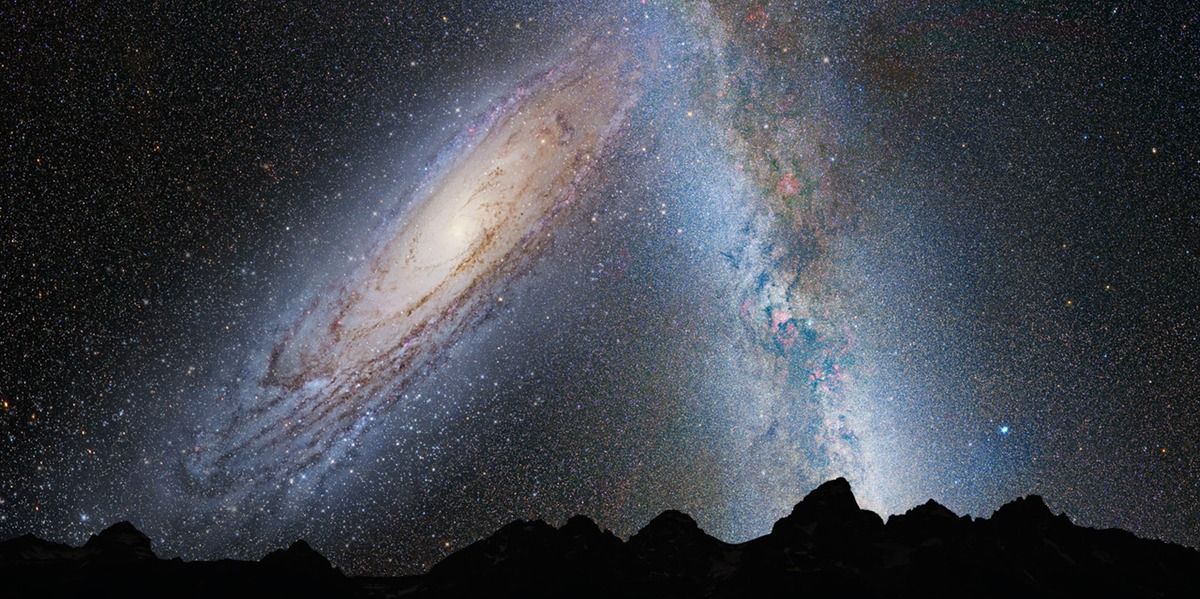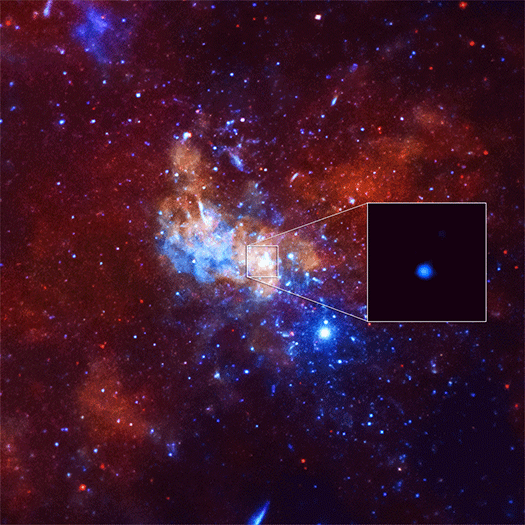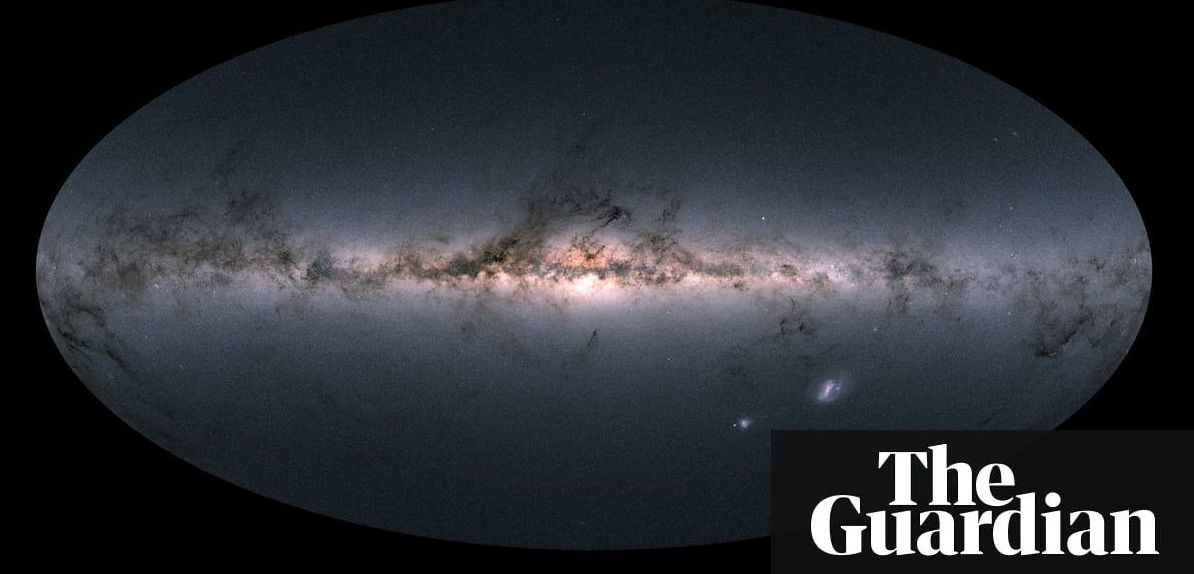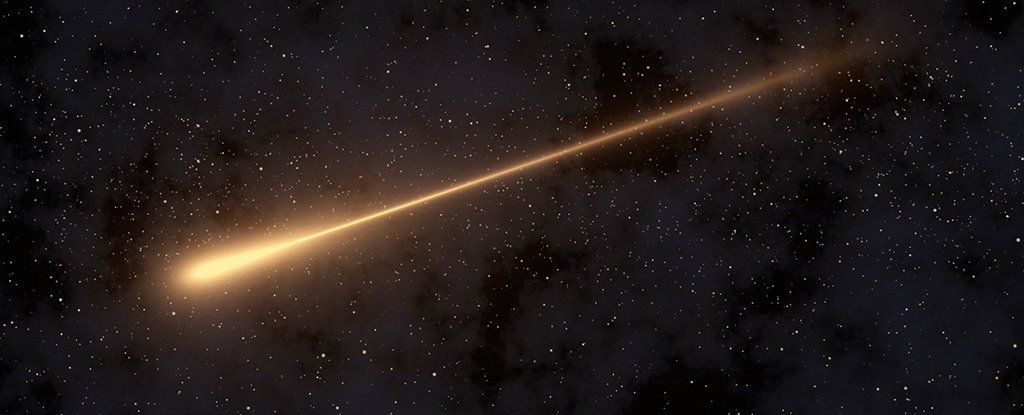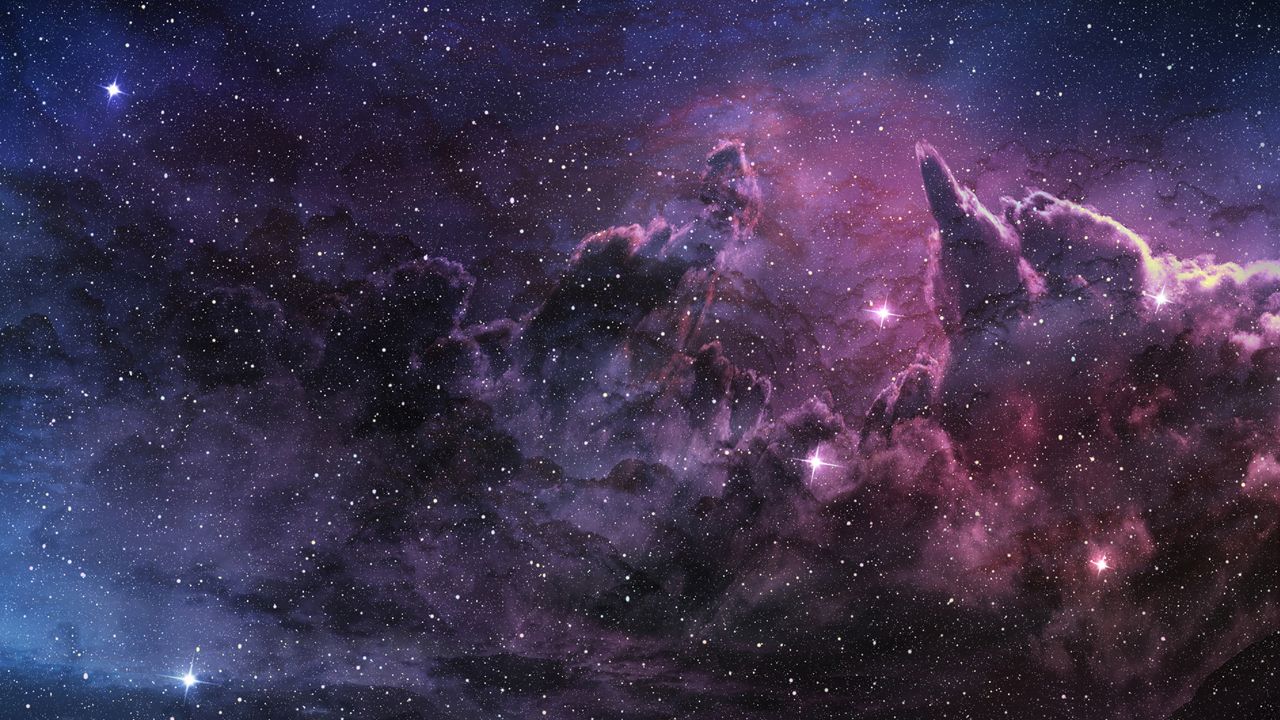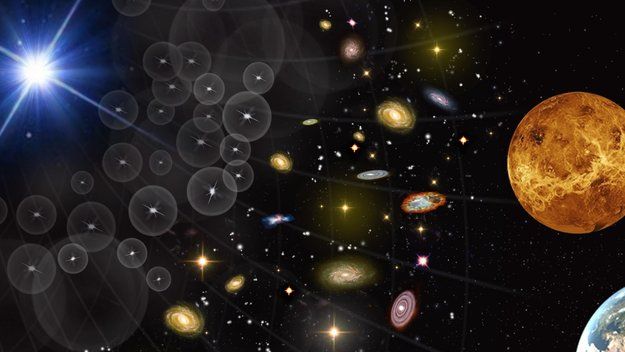Archive for the ‘cosmology’ category: Page 375
May 12, 2018
Dozens of binaries from Milky Way’s globular clusters could be detectable
Posted by Genevieve Klien in categories: cosmology, physics
The historic first detection of gravitational waves from colliding black holes far outside our galaxy opened a new window to understanding the universe. A string of detections—four more binary black holes and a pair of neutron stars—soon followed the Sept. 14, 2015, observation.
Now, another detector is being built to crack this window wider open. This next-generation observatory, called LISA, is expected to be in space in 2034, and it will be sensitive to gravitational waves of a lower frequency than those detected by the Earth-bound Laser Interferometer Gravitational-Wave Observatory (LIGO).
A new Northwestern University study predicts dozens of binaries (pairs of orbiting compact objects) in the globular clusters of the Milky Way will be detectable by LISA (Laser Interferometer Space Antenna). These binary sources would contain all combinations of black hole, neutron star and white dwarf components. Binaries formed from these star-dense clusters will have many different features from those binaries that formed in isolation, far from other stars.
Continue reading “Dozens of binaries from Milky Way’s globular clusters could be detectable” »
May 12, 2018
Evidence for Thousands of Black Holes Buzzing Around the Center of the Milky Way
Posted by Genevieve Klien in category: cosmology
Using data from the Chandra X-ray observatory, a team of scientists have found evidence that indicates that thousands of black holes may reside near the center of our galaxy.
May 11, 2018
The answer to life, the universe and everything might be 73. Or 67
Posted by Genevieve Klien in category: cosmology
A new estimate of the Hubble constant – the rate at which the universe is expanding – is baffling many of the finest minds in the cosmology community.
Hannah Devlin, Science correspondent.
May 10, 2018
A Rogue Star Hurtling Towards The Solar System Is Going to Arrive Sooner Than We Realised
Posted by Genevieve Klien in category: cosmology
According to new calculations, we may have a little less time to prepare for a star on course to kiss the edges of our Solar System.
Yep. Dwarf star Gliese 710, which we’ve known about for some time, could now arrive in 1.29 million years, instead of the previously calculated 1.36 million years.
Gliese 710 is what is classified as a rogue star — one that has gone roaming across the galaxy, free of the gravitational chains that normally hold stars in position.
May 9, 2018
Where are the aliens? Solutions to Fermi Paradox
Posted by Philip Raymond in categories: astronomy, cosmology, existential risks, first contact, lifeboat
The Fermi Paradox poses an age-old question: With light and radio waves skipping across the galaxy, why has there never been any convincing evidence of other life in the universe—or at least another sufficiently advanced civilization that uses radio? After all, evidence of intelligent life requires only that some species modulates a beacon (intentionally or unintentionally) in a fashion that is unlikely to be caused by natural phenomena.
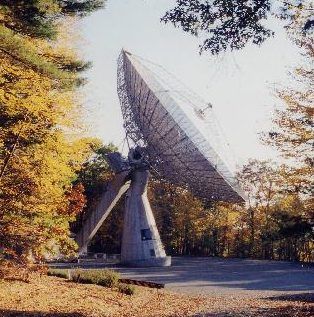 The Fermi Paradox has always fascinated me, perhaps because SETI spokesperson, Carl Sagan was my astronomy professor at Cornell and—coincidentally—Sagan and Stephen Spielberg dedicated a SETI radio telescope at Oak Ridge Observatory around the time that I moved from Ithaca to New England. It’s a 5 minute drive from my new home. In effect, two public personalities followed me to Massachusetts.
The Fermi Paradox has always fascinated me, perhaps because SETI spokesperson, Carl Sagan was my astronomy professor at Cornell and—coincidentally—Sagan and Stephen Spielberg dedicated a SETI radio telescope at Oak Ridge Observatory around the time that I moved from Ithaca to New England. It’s a 5 minute drive from my new home. In effect, two public personalities followed me to Massachusetts.
What is SETI?
In November of 1984, SETI was chartered as a non-profit corporation with a single goal. In seeking to answer to the question “Are we alone?” it fuels the Drake equation by persuading radio telescopes to devote time to the search for extraterrestrial life and establishing an organized and systematic approach to partitioning, prioritizing, gathering and mining signal data.
Continue reading “Where are the aliens? Solutions to Fermi Paradox” »
May 8, 2018
The US Will Fund Another Super-Sensitive and Expensive Dark Matter Experiment
Posted by Genevieve Klien in categories: cosmology, particle physics
The US Department of Energy will fund the most sensitive search yet for theorized dark matter particles. It will sit over a mile underground, in a nickel mine near the Canadian city of Sudbury, according to a release.
The proposed Super Cryogenic Dark Matter Search at SNOLAB, or SuperCDMS SNOLAB, would be a detector held at near absolute zero that would be sensitive enough to detect the elusive dark matter with silicon and germanium atoms. It joins a long line of other experiments hunting for “weakly interacting massive particles,” or WIMPs, the most popular dark matter particle candidate.
Throughout the universe, there exist hints of unaccounted-for mass. Galaxies rotate too quickly at their edges, and the seemingly empty regions beside clusters of colliding galaxies warp the shape of space around them as if there were stuff there. The most popular solution to solve this mystery are WIMPs, particles that interact too weakly with regular matter to be detected by our telescopes or any other observing equipment.
Continue reading “The US Will Fund Another Super-Sensitive and Expensive Dark Matter Experiment” »
85% of our universe is made up of Dark Matter and scientists are still trying to figure it out.
Dark Matter has constantly eluded mankind. Did you know that first signs of dark matter were already considered way back in 1930s.
May 7, 2018
ESA selects three new mission concepts for study
Posted by Genevieve Klien in categories: cosmology, space travel
A high-energy survey of the early Universe, an infrared observatory to study the formation of stars, planets and galaxies, and a Venus orbiter are to be considered for ESA’s fifth medium class mission in its Cosmic Vision science programme, with a planned launch date in 2032.
The three candidates, the Transient High Energy Sky and Early Universe Surveyor (Theseus), the SPace Infrared telescope for Cosmology and Astrophysics (Spica), and the EnVision mission to Venus were selected from 25 proposals put forward by the scientific community.
Theseus, Spica and EnVision will be studied in parallel and a final decision is expected in 2021.
Continue reading “ESA selects three new mission concepts for study” »
May 7, 2018
A spectacular destination for astronomy fans is being built in rural Norway
Posted by Genevieve Klien in categories: cosmology, military, satellites
The facility, which was originally used by the US military to spy on Soviet satellites during the Cold War, is undergoing a major overhaul to attract tourists and researchers alike. In search of inspiration, Snøhetta’s designers took astronomy classes and were captivated by the architecture of the galaxy.
“We learned about the eight shaped analemma diagram that the moon and the sun makes if you watch them from the same point over 365 days,” says Skaare. “We were especially inspired by the ‘ugly moons’ of Mars, with its funny shape,” she says referring Phobos and Deimos, the red-planet’s two lumpy satellites.
Mars’s lumpy-potato moons, in fact, inspired the shape of Solobservatoriet’s visitor cabins. Surrounding the planetarium are several imperfect-sphere rooms for stargazers who want to spend the an evening in the forest—perhaps to catch the spectacular Northern Lights. Designed to accommodate groups of two to 32, the cabins will be loosely scattered around the planetarium, by design.
Continue reading “A spectacular destination for astronomy fans is being built in rural Norway” »
